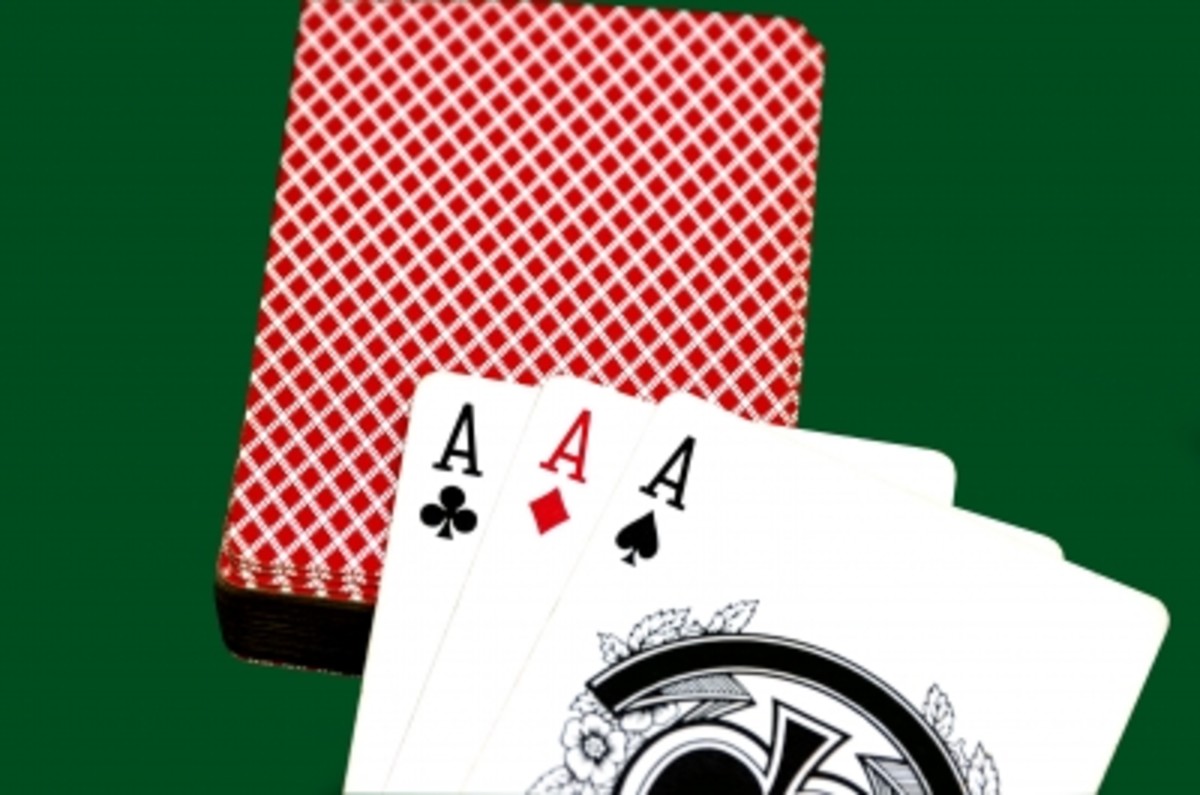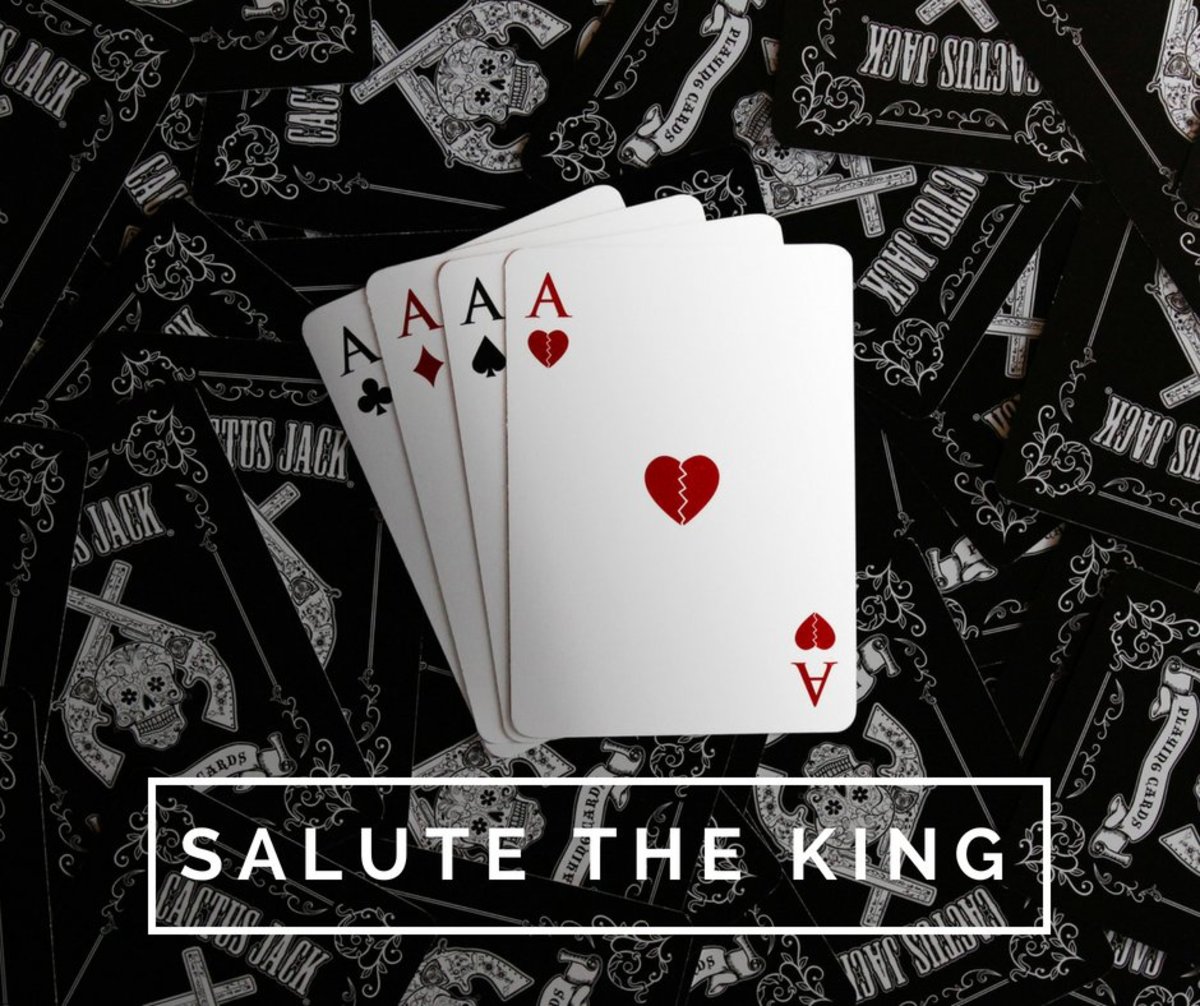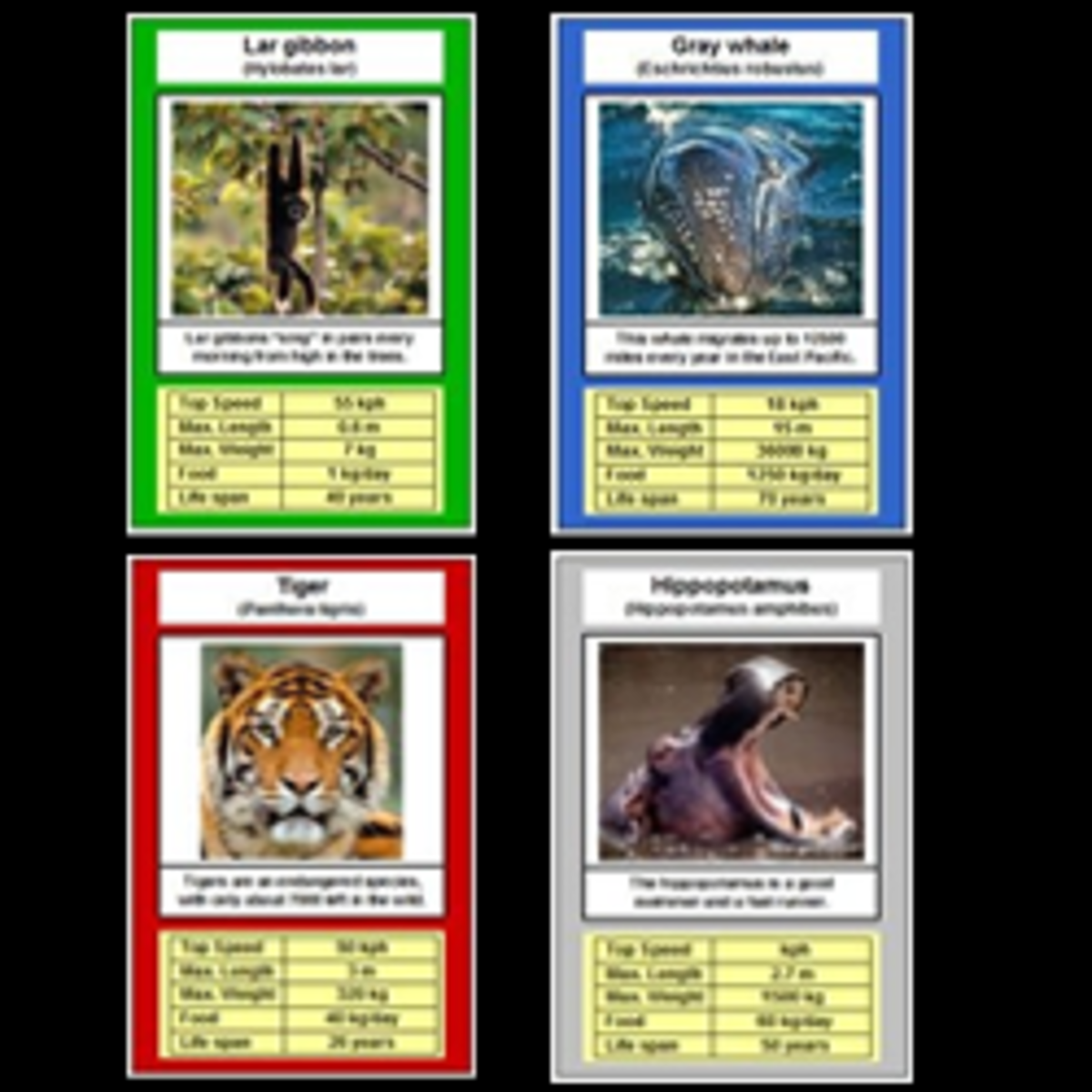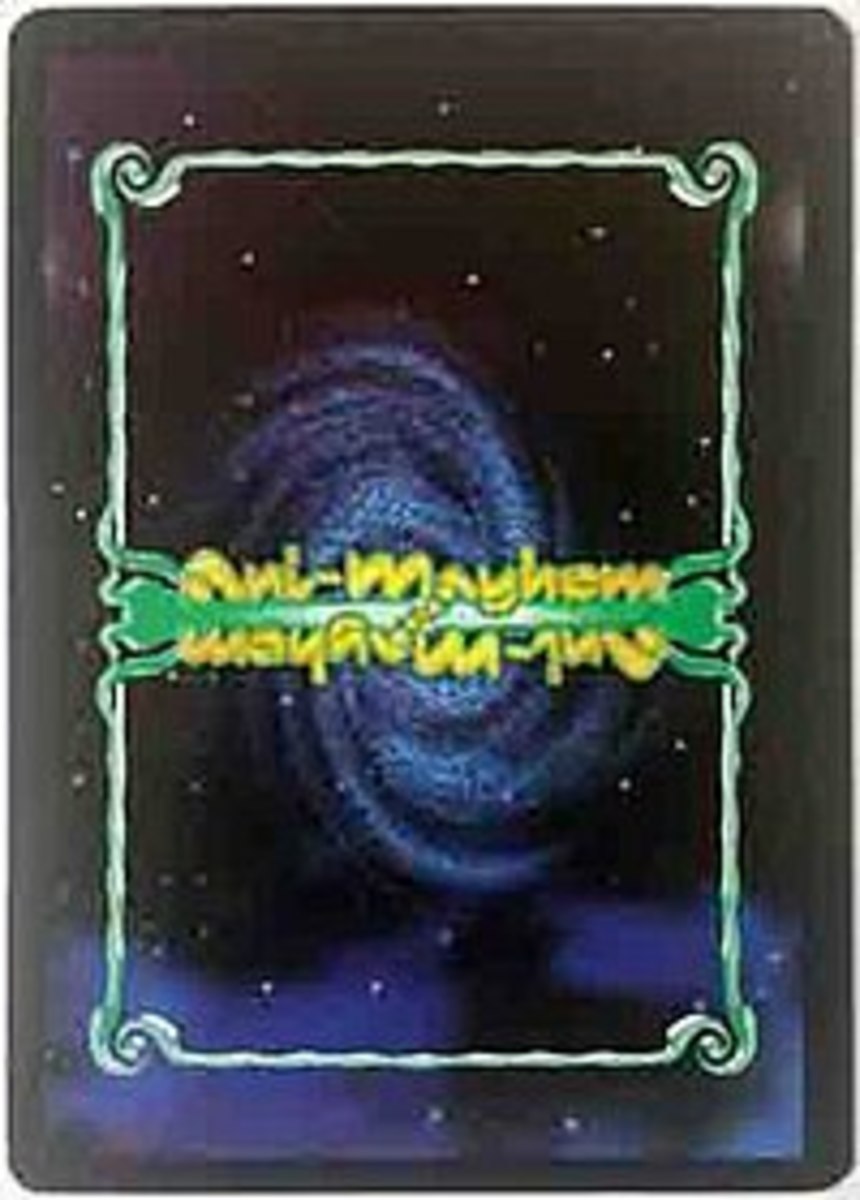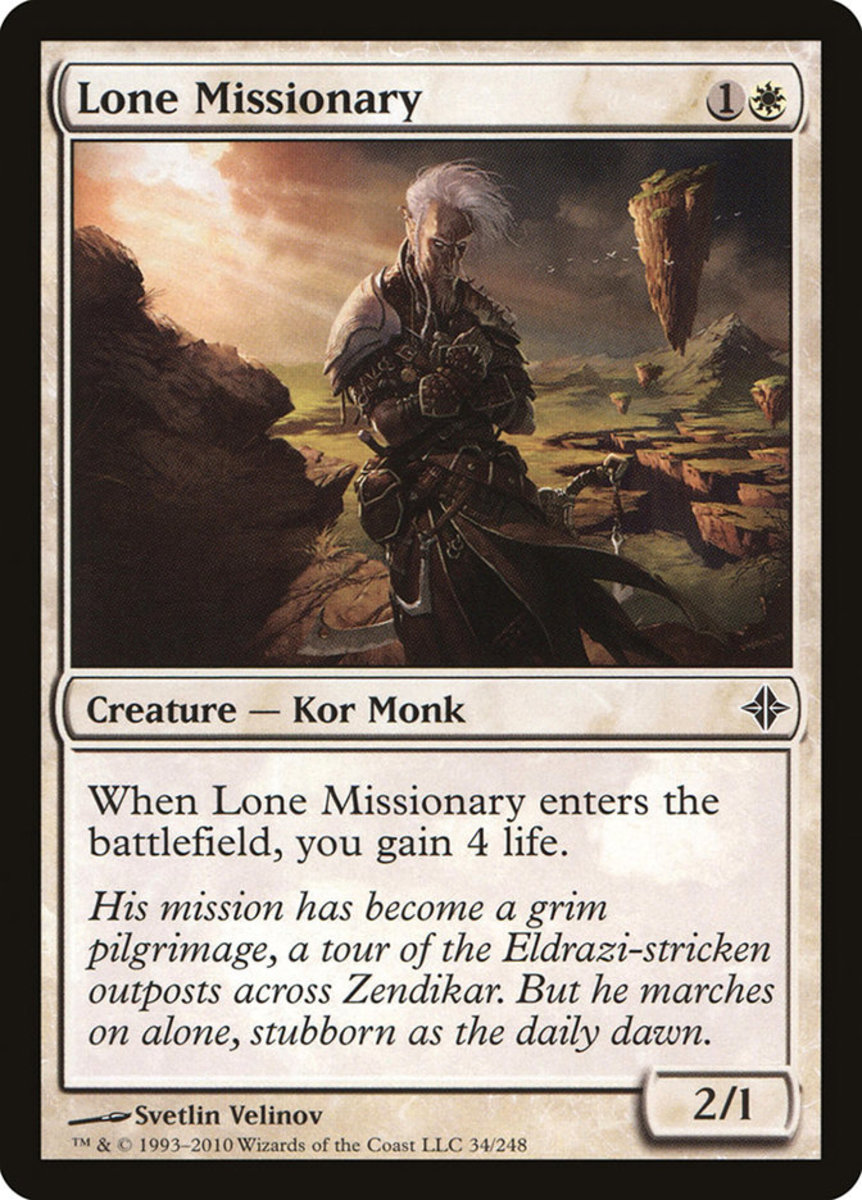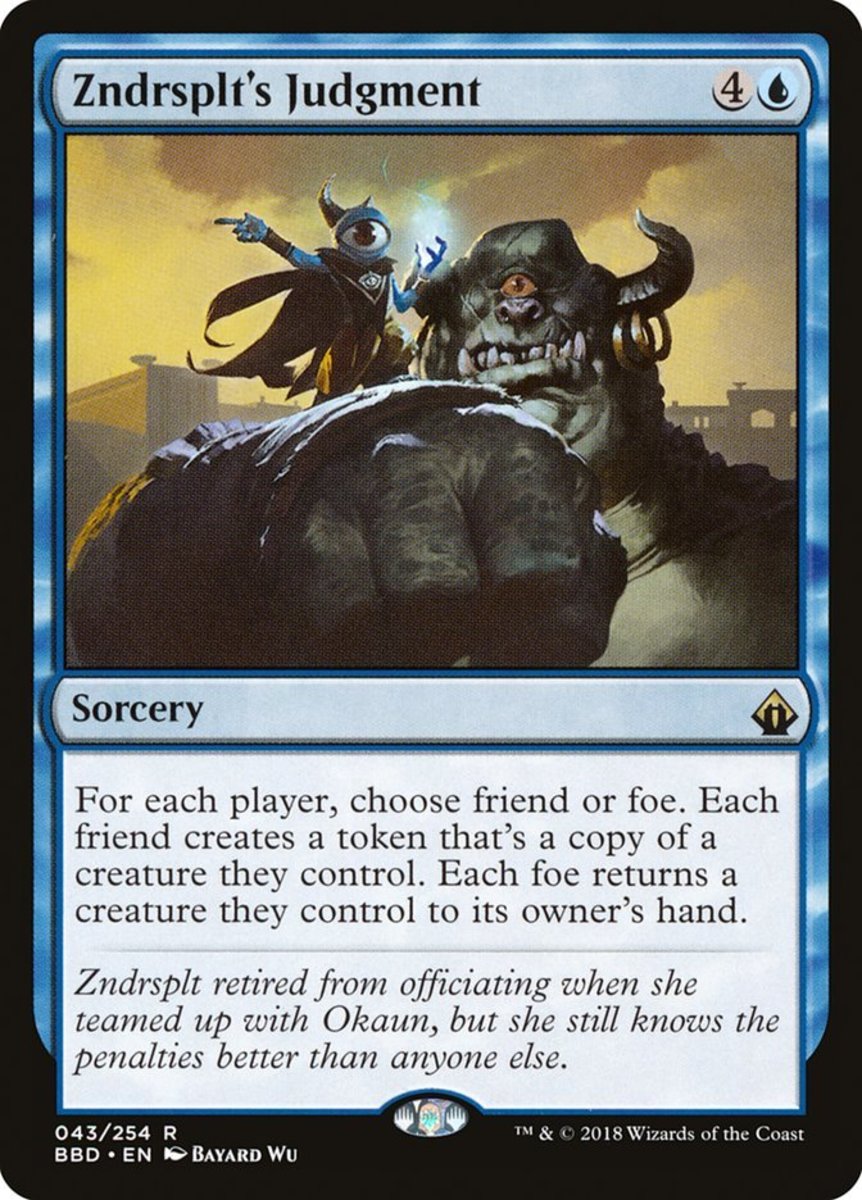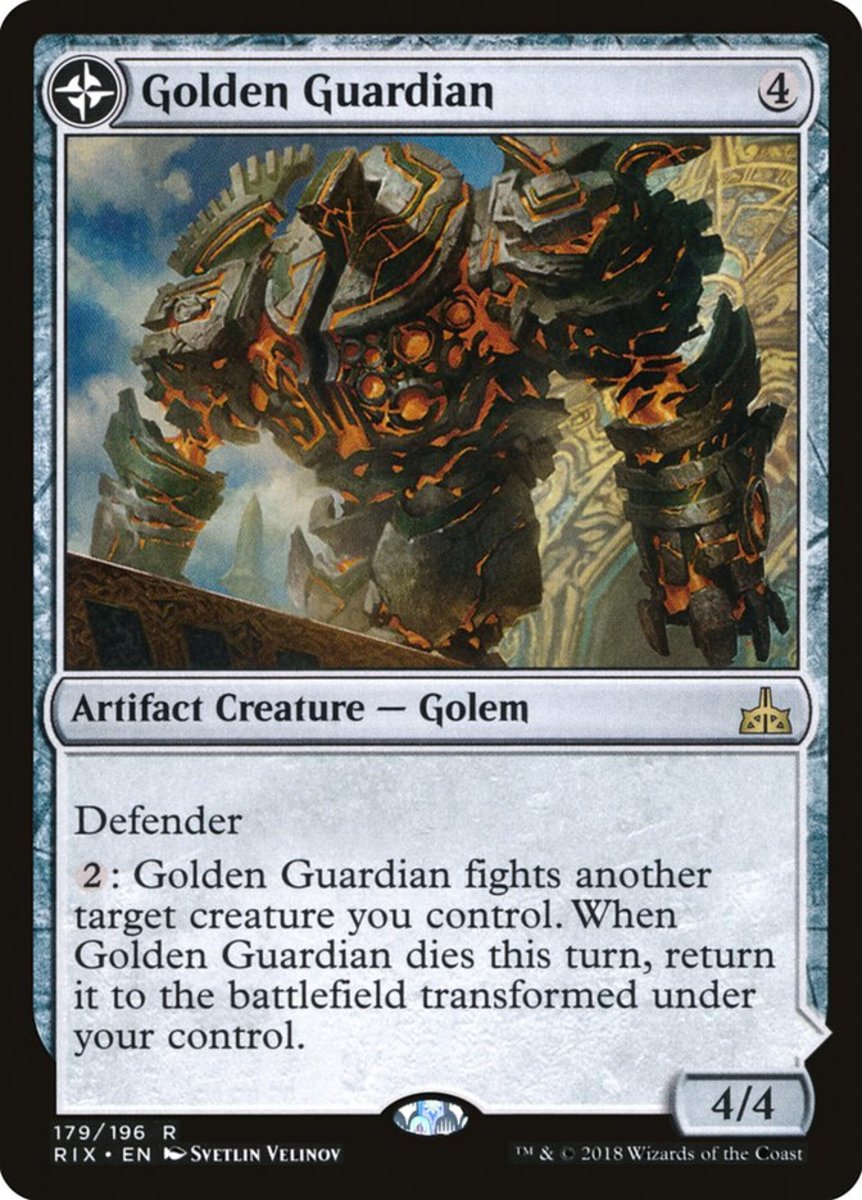How to Play the Go Fish Card Game
Go Fish is a classic card game, played in many parts of the world. There are numerous variations to the game, but it is almost always played with
- a standard deck of 52 playing cards,
- and 2 to 6 players.
Books and Ranks
The rank of a card is its face value, for instance, all of the Kings are the same rank, and all of the 2's are the same rank.
A book is four of a kind. For example: all four Aces.
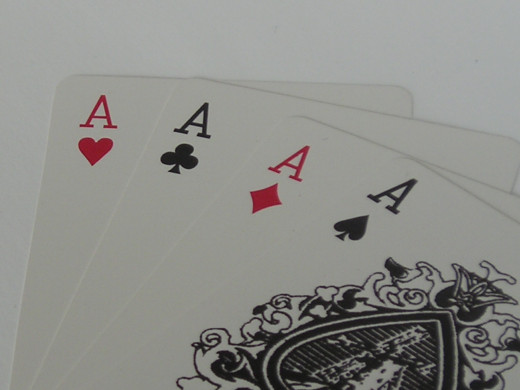
Standard Go Fish
Goal: make as many "books" as possible.
Rules: The dealer, chosen randomly, deals
- 7 cards each if there are two players,
- or 5 cards each if there are 3-6 players.
Remaining cards are placed in the center of the players, face down, either in a neat pile or a messy "ocean." Players can look at their own cards, but should keep them hidden from all other participants.
The first player is to the dealer's left-- let's say her name is Stephanie. Stephanie must choose one rank which she already has in her hand, for example: 3, and select another player to ask for the remaining 3's; "Bill, give me all of your 3's."
- If Bill has 1 or more 3's, he must give them to Stephanie, and she can continue asking other players for other cards.
- If he has no 3's, Bill would tell her to "go fish," and she must draw a card from the pile, or ocean.
If Bill tells Stephanie to "go fish," it is now his turn to choose a rank and ask another player for all the cards he or she has in that rank.
If the fisher gets lucky and pulls the card he or she was looking for from the draw pile, he or she can go again.
Once a player completes a book, he or she can place it on the table in front of them and those cards are now out of play.
The game ends when someone runs out of cards, or no cards are left in the draw pile.
The player with the most books wins!
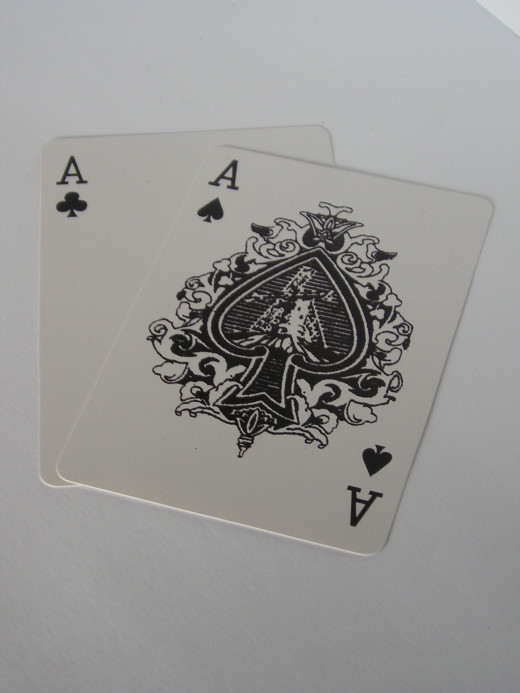
Australian Fish
Australian Fish is very similar to the version of Go Fish that I grew up playing, in the northeast U.S.! The main difference between standard Go Fish and Australian Fish is that
- players in Australian Fish are only looking to make a pair of cards in the same rank, not the whole book.
As each player matches a pair, they place it on the table in front of them and those two cards are no longer in play. The person with the most pairs at the end of the game wins.
Other Variations
- Some people play Go Fish by asking for specific cards, for example: the Ace of Diamonds or the 5 of Spades.
- Others let players who have run out of cards refill their hands from the draw pile.
Go Fish for Kids
Go Fish is often one of the first games American children learn.
Go Fish, especially versions which involve pairs instead of books:
- is simple for children to learn and play,
- involves some strategy but not a lot of math,
- includes the child in a group activity,
- and has a fun theme of fish which children enjoy.
There are also numerous marketed games of Go Fish for children, each with a special deck of cards. These games are great opportunities for a child to learn strategy and social skills.




